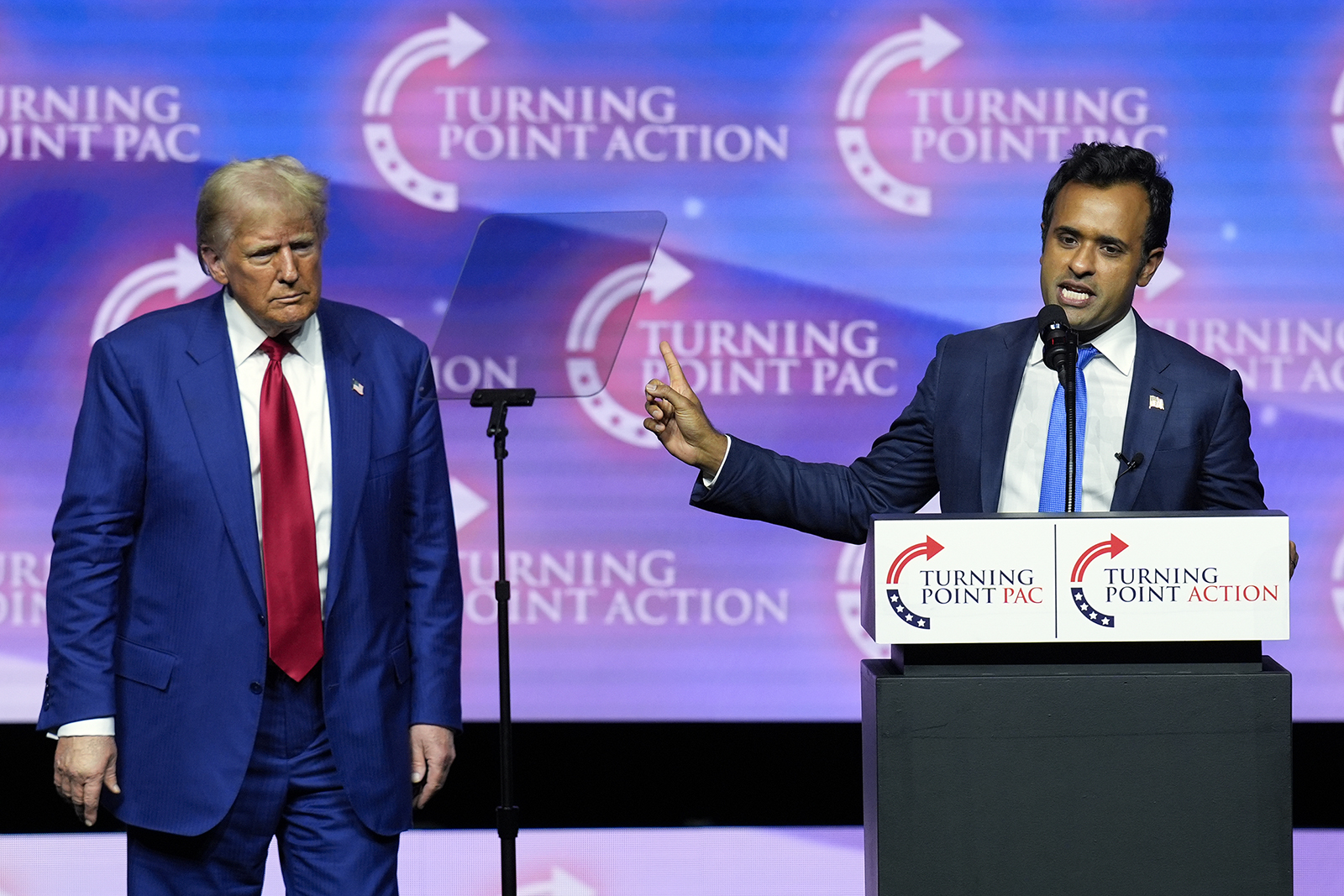Eliza Griswold’s ‘Circle of Hope’ is a portrait of an American church riven by discord
(RNS) — On a Monday morning in 2019, Pulitzer Prize-winning author Eliza Griswold approached the four pastors of Circle of Hope, a progressive evangelical Christian church in Philadelphia, and asked permission to immerse herself in their lives.
Amid news cycles inundated with reports on Christian nationalism and white evangelicals, Griswold sought to challenge the assumption that American evangelicalism is a monolith. “I wanted to spend some time at the edge of evangelicalism, looking at a very different kind of young believer who followed Jesus in just as literal ways, and was just as Bible-believing as their conservative counterparts,” she told Religion News Service.
The pastors agreed to her request. Then, 2020 happened.
After four years, roughly 2,000 Zoom meetings and interviews with more than 100 current and former church members, Griswold’s observations are less about a band of radical evangelicals forging a path forward and more about a church struggling for survival amid financial strain, external crises and theological, political and personal discord.
At a time when churches of all stripes are battling shrinking memberships, pastor burnout and ideological clashes, Griswold sketches a strikingly relevant portrait of an American church. RNS spoke to Griswold about her forthcoming book, “Circle of Hope: A Reckoning With Love, Power, and Justice in an American Church,” out Tuesday (Aug. 6). This interview has been edited for length and clarity.
What was most surprising to you about what unfolded at The Circle?
What was most surprising and disappointing to watch in real time was the way the community came into crisis and then had to confront that crisis, which none of us anticipated. As a result of the pandemic and Black Lives Matter movement and the murder of George Floyd, the community faced interlinked crises, and they came into a reckoning over race, over power, over all kinds of things. That conflict is really at the heart of the book.
You were embedded in this community during an incredibly fraught time. What was that experience like?
Immersion reporting often follows people through a journey. I’m used to doing that, so for me, it wasn’t a crisis when the shape of the book started to change, because I have had enough experience to know that the only thing I really need to do is follow and continue to follow. What was incredibly generous of the pastors is that as things began to come apart, they allowed me to remain within their community because they had made these agreements that they would do so. I’m really grateful for that.
Your book closely follows the journeys of four of the church’s pastors. What might this book show readers about the challenges many pastors today face?
One of the key takeaways of the book is that we are at a time of pastor burnout, with high rates of attrition, of pastors leaving their jobs as tens of millions of Christians are also leaving churches. So one of the questions this book asks by observation is, what kind of pressures are pastors under, and how do they survive? Is it possible to live on tiny salaries, serving in so many different roles, as social workers and plumbers and real estate agents and cooks? Is it OK to expect that of our pastors, or do we need to reevaluate the role in a country and culture in crisis?
Can you give an example of a moment during your time at Circle of Hope where the church was at its best? What was happening in that moment?
I think a lot of the heyday of Circle of Hope happened before I arrived on the scene. I think for the church’s founding family, the White family, that can be painful, because so much of what they call the DNA of Circle of Hope was different than what happened. And yet, one of the realities of reporting was I needed to tell the story of a church in crisis. These examples of its heyday often came to me as funny stories of the past. It’s inspiring to think of these young people in the ’90s and early 2000s who formed intentional communities, shared their income with one another, and devoted their lives to following Jesus and engaging in the social issues directly around them. They would do things like dumpster diving for their dinner. There were progressive Christian rockers who didn’t bathe because washing was a sign of imperial Western culture. One band fashioned a school bus to run on vegetable oil. They did some pretty wonderful, zany things in the name of Jesus.
When did you begin to see the church fracturing in real time?
That especially happened around the question of whether to go online as a church, or to continue to meet in person. There were two schools of thought. One was the idea that the best way to love your neighbor is to not sit next to your neighbor in church, because that endangers them. The other school of thought was, as Anabaptists, it’s important to throw off government strictures. And if the government says you can’t go to church, but you can go to Home Depot, do you follow? The theological question at the heart of what it really means to follow Jesus in that point in 2020 was really interesting to watch.
Many of the church members wrestled with whether to prioritize healing their community, or healing those outside their doors. Do you have any observations that might help those navigating this conflict?
To some extent, it’s a generational divide between Gen Xers or boomers, but I would say probably more Gen Xers in this context. They really worked on healing their neighborhoods, and believed that following Jesus entailed focusing on serving the least of these — the hungry, poor people, drug addicts, those at the edges and margins of society. And then for a younger generation, that was problematic, this idea that people were going as white saviors to help people in their communities without addressing the problematic power relations within their own communities. The older generation thought this was a waste of time, and they had a call, especially amid so much suffering during the pandemic, to really help others, and instead, they were spending all their time on Zoom, fighting with one another. So it just goes around and around, this kind of divide about, what did following Jesus entail? I don’t think there’s a way to say that one is essential and the other isn’t. I think it just a matter of balance, and creating a value for each within the community.
How have those featured in the book responded to it?
Recently, church members have read the book, and I’ve been really touched by their respect for it and their willingness to ask what it is that I think that they need to learn from the book. One thing I consistently hear is people saying we didn’t realize how close together we are. We felt so far apart on this position and that position, but we were actually much closer than we understood. And I think that’s painful for them to see, that maybe the disembodied nature of the pandemic, and their fighting, made them unable to find common ground, where perhaps there was a place for it in the long run.
You write in the benediction that “Maybe churches need to die, to rid themselves of their old bodies, their advanced pathologies, to make themselves new again.” Can you say more about this idea?
I’m saying that in response to a quote from G.K. Chesterton about how churches die over time, and Christianity lives and dies. That’s part of the cycle, and certainly the cycle of churches. Churches are very messy places, as I write in the book. I do think part of the cycle of nature, and the cycle of evolution, has to do with dying. You have to, as Jesus says, be willing to take up the cross and die to self. Sometimes the gripping nature of “This can’t change” is part of the problem.
Source link



